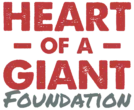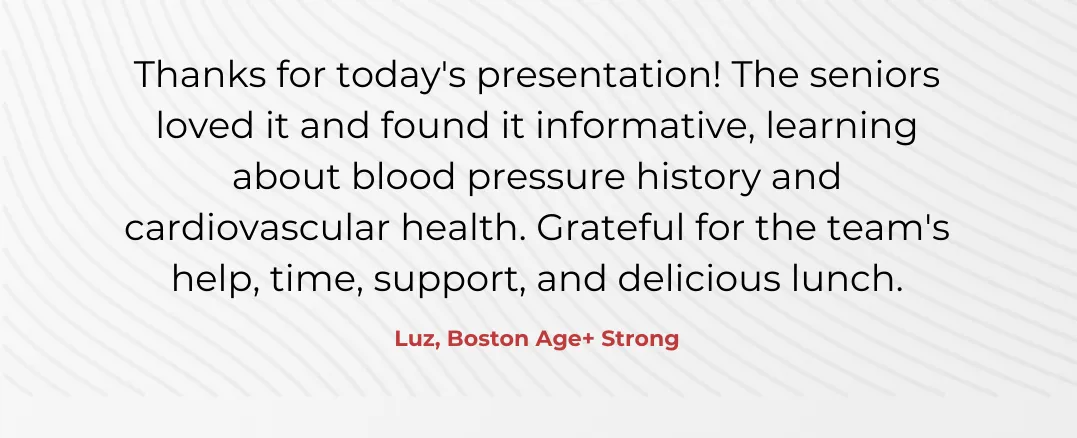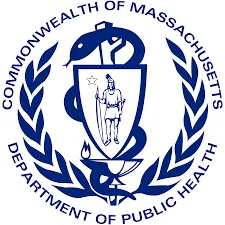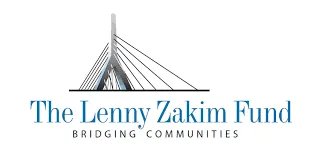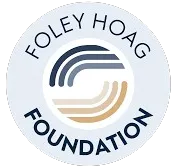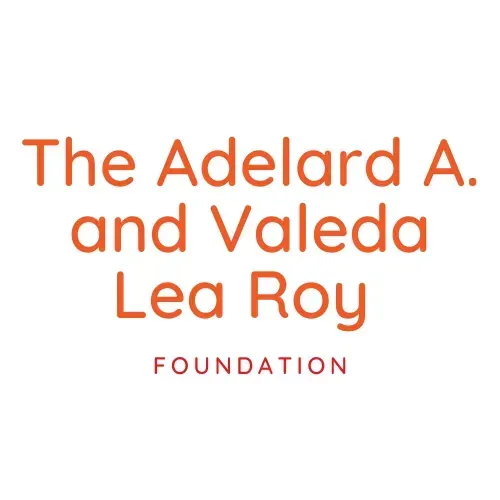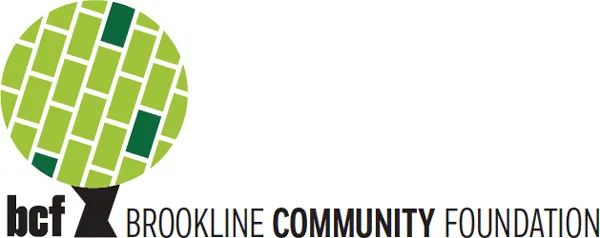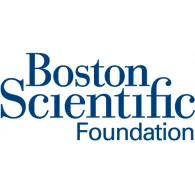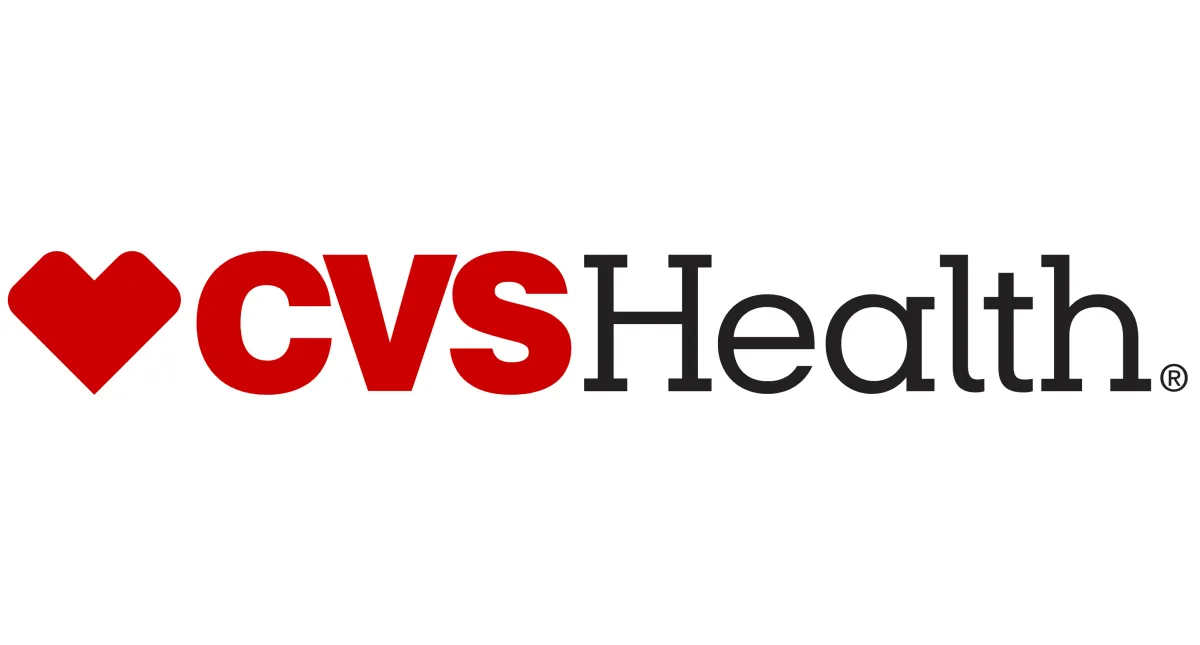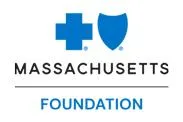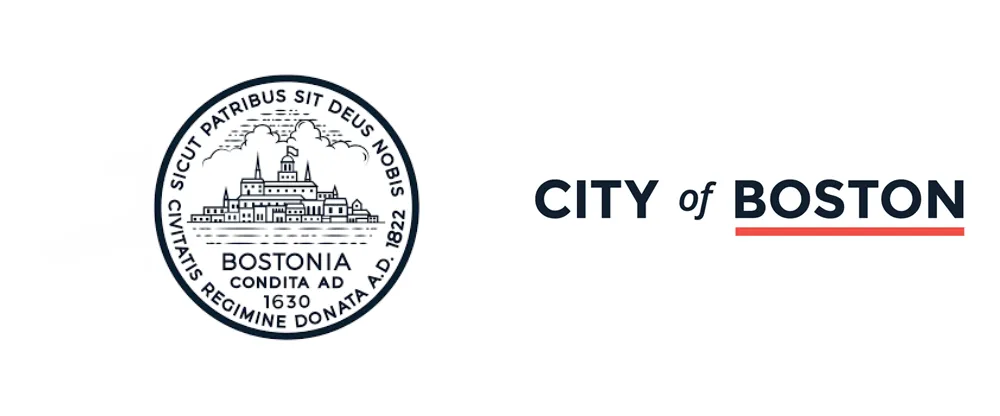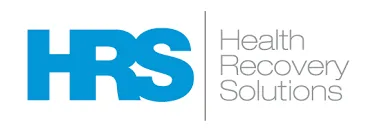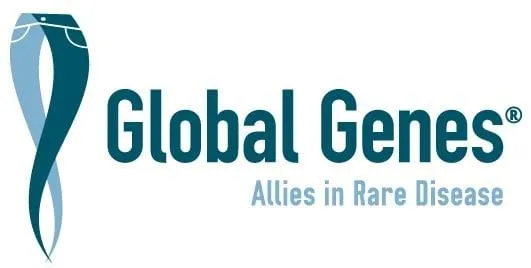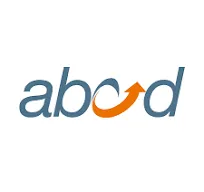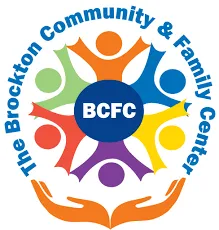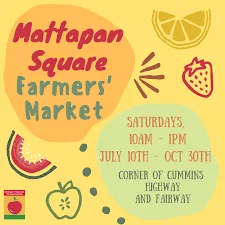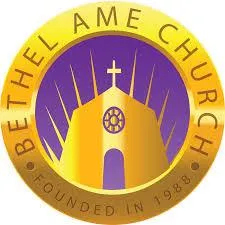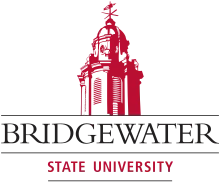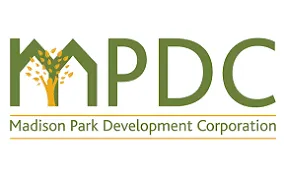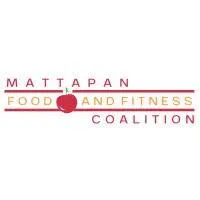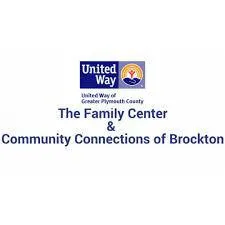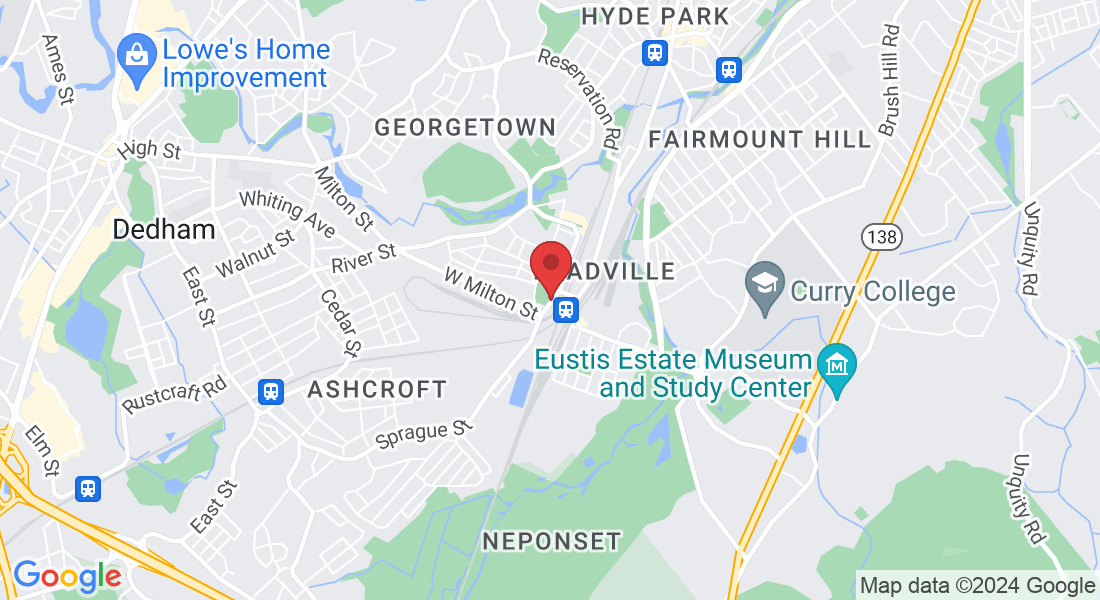Projects & Programs
Heart of a Giant Foundation
HGF
Projects & Programs
HGF improves early detection, diagnosis, and support for cardiac risk factors in high-risk populations. We promote healthy living, prevent chronic diseases, and improve health outcomes using innovative approaches. All programs are HIPAA compliant and aim to support the whole patient journey.
Project Health Joe: Awareness Raising and Advocacy
Program Nicole & Neal: Screening and Education
Living with Heart Disease Podcast
Program Jolie: Hypertension Prevention and Management for Expectant Black Mothers in Boston, MA

Join us in making a difference for a healthier future.
Project Health Joe: Awareness Raising and Advocacy
Project Joe by HGF raises awareness and advocates for patients and caregivers. Our goal is to promote a culture of care that leads to better health outcomes through education and information about heart diseases.
We amplify the voices of patients, caregivers, health practitioners, and advocacy leaders to educate our audience on living with a heart condition and enjoying a longer, healthier life.
We use various communication methods, such as blogging, podcasting, public speaking, organizing meetings, and using the web and social media platforms. We convey our messages through our website and blogs, Instagram pages, Facebook page, private community group, YouTube channel, Eventbrite, and Living with Heart Disease podcast, available on iTunes, Google, Spotify, and other platforms.
Expected Outcomes:
Raise awareness about heart diseases and related conditions.
Build a supportive community for patients, caregivers, providers, and policymakers.
Motivate people to make positive lifestyle changes.
Destigmatize high blood pressure and other chronic conditions.
Educate people about warning signs and risk factors.
Join us in raising awareness for heart diseases and promoting a culture of care.
Program Nicole & Neal: Screening and Education
Program Nicole & Neal promotes healthy living to prevent heart disease, especially among Black populations. HGF offers free hypertension screening and education in Boston neighborhoods. Our health coaches provide one-on-one support and conduct screenings at community events.
In 2023, we accomplished the following:
Engaged in 425 interactions with participants over 11 months;
Hosted 38 screening and education events, two webinars, and six workshops
Six Boston neighborhoods: Brockton, Dorchester, East Boston, Jamaica Plain, Mattapan, and Roxbury;
Conducted 355 screenings and one-on-one educational sessions.
Blood Pressure Screening and Education
At HGF, we conduct blood pressure screenings, education classes, and workshops to raise community awareness. Our local nurses and health workers offer assistance, education, and guidance. We conduct screenings and educational activities at community events to improve high blood pressure management, train participants on monitoring blood pressure at home, and offer practical tips for healthy living.
Cholesterol Awareness and Education Campaign
92 million US adults have high LDL cholesterol levels, which can lead to fatal heart diseases. HGF is partnering with the National Cholesterol Education Initiative in 2024 to increase awareness through our Cholesterol Education Campaign. We will focus on high-risk factors like diets high in saturated and trans fats, physical inactivity, excess weight, and certain health conditions.
Lipoprotein (a) Awareness and Screening Campaign
Lp(a) is a genetic risk factor for heart disease that is often overlooked. Early detection and proactive management of Lp(a) levels can significantly enhance heart health outcomes. Our program promotes heart health through coaching, screenings, and training.
Expected Outcomes
Early identification and treatment of high blood pressure.
Increased understanding of signs and symptoms and when to contact a healthcare provider.
More people can self-monitor their blood pressure.
Empowered participants are taking control of their heart health.
Peer-to-peer communication and community engagement.
Movement building and active community engagement.
Program Delivery Planning
We host program events with partners monthly, bi-monthly, or weekly. Our website and social media pages have weekly updates, and we focus on a monthly health topic to raise awareness. We collaborate with various organizations, including the American Heart Association (AHA), the Massachusetts Department of Public Health (DPH), faith-based organizations, and community development centers.
In 2024, our goals are to achieve the following:
We host program events with partners monthly, bi-monthly, or weekly. Our website and social media pages have weekly updates, and we focus on a monthly health topic to raise awareness. We collaborate with various organizations, including the American Heart Association (AHA), the Massachusetts Department of Public Health (DPH), faith-based organizations, and community development centers.
Our main priority remains to tackle high blood pressure and its related issues. To achieve this:
We aim to deliver over 60 screening and education events across 10+ locations, engaging with more than 600 adults.
We also plan to provide monthly blog posts on heart health and 12 'Living with Heart Disease' podcasts.
Additionally, host workshops focusing on various aspects of heart disease, such as hypertension, cholesterol and Lp(a), diabetes, healthy living, aging, and more.
Living with Heart Disease Podcast
"Hardships don't steal your voice, and setbacks don't stunt your growth; hence, a diagnosis will undoubtedly not silence you."
Our Living with Heart Disease platform shares inspiring stories from patients, families, caregivers, health professionals, and policy advocates. We break down stigmas associated with cardiovascular conditions and provide expert guidance on navigating healthcare systems. We're dedicated to inspiring and empowering our listeners to live longer, healthier lives after a heart disease diagnosis.
Join us on the Living with Heart Disease podcast hosted by Bouba Heart of a Giant and his team.
Program Jolie: Hypertension Prevention and Management for Expectant Black Mothers in Boston, MA
In 2023, HGF conducted the Healthy Hearts Communities Pilot Program to prevent and manage high blood pressure, and 78% moved into a lower blood pressure category. We launched Program Jolie in Boston in 2024 to fill gaps in care for Black maternal health. Program Jolie offers perinatal care to help expectant Black mothers achieve better pregnancy experiences and health outcomes, all at no cost.
Program Description:
Program Jolie supports the care of women from their 20th week of pregnancy up to 3 months postpartum. It collaborates with organizations to improve Black maternal health, heart health, and health equity.
Our Health Coaches deliver the program, supporting patients between doctor visits. The coaches are registered nurses, dietitians, social workers, and others with significant expertise. The program facilitates infant feeding support and mental health screenings with social workers and therapists.
The health coaches work one-on-one with participants to improve medication adherence, set realistic goals, and facilitate therapy and counseling. Expectant Black mothers can use advanced RPM technology with personal health coaching and receive a free personalized plan. The program targets pregnant adult (18+) women with no income eligibility requirement.
Goals and Expected Outcomes:
We build trust with hard-to-reach individuals and partner with care management programs to address healthcare gaps for better patient engagement and adherence.
Metrics and Expected Outcomes:
Enrollment > 30%
1.5M live interactions
25% increase in medication adherence
A1c reduction of 1.5 points
80% of participants move to the lower BP category
20% reduction in unhealthy days
90% participant satisfaction
For Participants:
HGF supports pregnant individuals with tools, knowledge, and coaching to improve their health and wellbeing.
Personalized education and support for chronic conditions such as cardiovascular disease, kidney disease, or diabetes.
Understand health risks, manage medication, and establish a routine.
Track vital signs and symptoms through Remote Patient Monitoring (RPM) to detect changes early.
Safe physical activity and nutrition guidelines.
Develop self-advocacy and caregiver advocacy capacity.
Improve patient-physician relationships during prenatal, birth, and postpartum visits.
For Providers:
Program Jolie enhances the birthing experience with personalized support, improving care and fostering compliance.
Improve clinical outcomes, improve quality scores, and gain unique population insights.
Improve compliance and enhance treatment adherence. Strengthen doctor-patient relationships.
Track Remote Patient Monitoring (RPM), data, and analytics.
Weight management through healthy eating and nutrition.
Enhance health literacy, encourage an active lifestyle, stress management, and healthy sleep habits to drive lifestyle and behavior change.
Methods of Delivery (Key Activities)
Our health coaches provide support from the 20th week of pregnancy to 3 months after childbirth. They collaborate with healthcare professionals to ensure comprehensive care for the mother and baby while promoting a positive birthing experience. Although they don't provide medical care, they offer personalized support to enhance the overall experience.
The program offers free-of-charge health coaching services that include personalized heart health risk-factor evaluation and education and coaching for preventing and managing health conditions.
The coaches provide remote patient monitoring, tailored feedback, nutrition, exercise, and medication adherence guidance.
Additionally, the program offers support for prenatal care, childbirth education, medication management, healthy lifestyle habits, and community resources.
Benefits and Data Analytics:
We aim to identify best practices for screening and referring participants and address social and material needs.
Our Program Team collects and monitors data with providers and partners based on hypotheses.
The research manager leads data and analytics, working with health coaches and community-based providers—the program partners with an external evaluator. The IRB ensures ethical conduct.
Results will help HGF further develop the program and improve health outcomes for expectant Black mothers.
News and Insights
Disclaimer:
The information shared on this page is not intended to replace professional medical advice. Always consult with a healthcare provider for any medical issues.
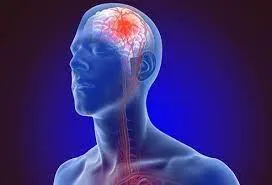
HEALTHY HEARTS WEBINAR SERIES: 02 SIGNS OF A STROKE
Sarah Falcone, RN, and Yesica Santana, RN, discuss the importance of recognizing the signs of stroke, how to reduce your risk of a stroke, identifying if you are having a stroke, and what to do if you are having a stroke—concluded by Q&A with Sarah and Yesica and fellow Heart of a Giant Nurses, Maria and Idongesit. After watching this webinar, you will have a clear understanding of what a stroke is and what to do if you see signs of a stroke. Click here to download the materials from the webinar.
4:39 Introduction to Sarah and Yesica
4:57 Heart of A Giant Foundation’s Mission
5:10 Stroke Facts
5:50 What is a Stroke?
6:43 Ischemic Stroke
7:16 Hemorrhagic Stroke
7:20 Transient Ischemic Attack known as TIA “mini-stroke.”
7:50 Stroke Risk Factors
9:22 Some have a Higher Risk
10:16 The Simple 7 to Reduce your Risk of a Stroke
12:31 Stroke Warning Signs
12:52 F.A.S.T acronym to remember the signs of a stroke
13:11 The Signs of a Stroke
15:27 Other Symptoms of a Stroke
16:25 If you think you are having a stroke
17:03 Steps to take before an Emergency
18:21Q&A
18:41 F.A.S.T acronym, and Does it work for all types of stroke?
47:53 Call to Action to Join the Healthy Hearts Community Program https://heartofagiant.foundation/sign-up-free-for-2hc/
What is a Stroke? (5:50)
A stroke occurs when blood circulation to the brain is affected; either the blood flow is stopped, or, impaired. As a result, the blood can’t get to the part of the brain that it needs to for your brain.
Three types of Strokes
– Ischemic: Blood vessels are blocked by a clot or fatty plaque or burst.
– Hemorrhagic: A brain bleed
– Transient Ischemic Attack (TIA): Mimi-stroke
Factors that can increase your risk (7:50)
Age- The chance of a stroke doubles for each decade of life over age 55
Heredity (Family History)- Higher risk if grandparents, parents, sister, or brother have had a stroke.
Race/Ethnicity- African- Americans have a much higher risk of death from stroke.
Sex- Women have more strokes than men
Prior Stroke, TIA, or Heart Attack- If you’ve had a stroke or heart attack, your risk increases.
The Simple 7 to reduce your risk (10:16)
Get Active
Eat Better
Control Weight
Avoid Smoking
Manage Cholesterol
Maintain Blood Pressure
Control Blood Sugar
Plus, Get regular check-ups and take medicine as prescribed.
Stroke Warning Signs (12:31)
Use F.A.S.T to help see the warning signs
F.A.S.T is an acronym for Face. Arm. Speech. Time
Face Drooping- Does one side of the face droop, or is it numb? Ask the person to smile, and look to see if it is uneven.
Arm Weakness- Is one arm weak? Ask the person to raise both arms. Does one arm drift downward?
Speech Difficulty- Is speech slurred? Is the person unable to speak? Ask the person to repeat a simple sentence like “The sky is blue.” Is the sentence repeated correctly?
Time to Call 9-1-1- If someone shows any of these symptoms, even if the symptoms go away, call 9-1-1 and get them to the hospital immediately. Check the time, so you’ll know when the first symptoms appeared.
Other Symptoms (15:27)
– Sudden numbness or weakness of the leg, arm, or face.
– Sudden confusion or trouble understanding
– Sudden trouble seeing in one or both eyes
– Sudden trouble walking, dizziness, loss of balance, or coordination
– Sudden server headache with no known cause
Call 9-1-1 if someone shows any of these symptoms
If you think you are having a stroke
Get to the hospital right away
Don’t drive yourself (get a neighbor or a family member to drive you)
Get Help F.A.S.T
Four out of five strokes, about 80% can be prevented. So that means they could not have happened.
Resources in this Webinar
https://www.empoweredtoserve.org/en/
https://www.heart.org/en/professional/quality-improvement/hospital-maps
https://www.strokeassociation.org/warningsigns
Learn more about Healthy Hearts Communities “I Am Because We Are.”
https://heartofagiant.foundation/sign-up-free-for-2hc/
Comprehensive healthcare support, education, coaching, and access to digital health technology to patients and their families between doctor’s visits to better health outcomes.
Sign up here for the Healthy Hearts Community. It’s Free
Here are some key moments in the discussion:
10:31 Yesica on routine “I always tell as a coach, as a registered nurse I would say, stay active, get active, get a routine every day. Moving your body is really really beneficial for you to have a routine and keep moving.”
13:22 Yesica on Identifying Signs “Most people would have even side of the face, and you will notice, right. And also, they will be complaining of numbness. And one of the things that you could do is to ask the person, can you smile for me?”
19:00 Yesica “F.A.S.T. It’s actually proven by the American Heart Association (AHA) that it is part of the warning sign, and it can, does save your life.”
19:14 Sarah “ I just wanted to mention that there was a study in the AHA Journal. They studied patients who, I guess, came into the hospital with the fast signs of a suspected stroke. And they found out that a F.A.S.T assessment will give an 88% sensitivity for detecting a stroke. There are some types of stroke that maybe that face arms and speech won’t signal.”
21:19 Idongesit on knowing the signs “mentioned that there are sometimes different presentations in women. So women may have atypical signs such as jaw pain, and may not know until it’s too late.”
24:10 Sarah on stroke severity “Strokes can be very mild, such as the case of the TIA, the trans ischemic attack, or the mini-stroke. Those sometimes may not leave any sequella or symptoms after they resolve on their own.”
24:52 Sarah on stroke severity “You can have a severe stroke that may cause a person not to be able to walk or talk anymore for the rest of their life, or they could have a very sudden stroke that causes the brain to stop. And a patient becomes brain dead or dies. So it could be a wide range of different types of strokes and how serious they depend on the case.”
31:47 Maria on atypical signs of a stroke in Women “One thing that is important for women to know is that if you, all of a sudden, are they’re asleep and you wake up with what we call a Thunderclap headache, an unusual headache. You may have chronic headaches, but one day you wake up with a more severe headache. And it’s like the worst headache of your life. That’s a 9 1 1 because you may not have any other symptoms, but that can be a big sign for stroke.”
32:55 Sarah, on an atypical case of a women patient, “I had a lady. Who thought her glasses prescription was wrong. She had a sudden change in vision, but she thought, oh, it’s just time for me to get my eyes checked. I haven’t had my eyes checked in a long while, so she put it off another month or so. And by the time she went to the doctor and they looked at her eyes, the eye doctor, they came out and said, ma’am, I’m sorry, you need to go to the hospital right now. There’s been. Something we can see something’s blown out in your eye, and you need to get a brain scan right now. So that’s an example, a real-life example. If you can see across the room one day and tomorrow you can’t, call your doctor.”
39:11 Maria’s personal story “My husband had a stroke, and he had numbness in his right leg for quite a while. And he the most motive motivated person. I know. And he not only went to rehab, but when he came home, he did his own. Own therapy, own rehab, and now he’s fully functioning, and back to work. So again, as Sarah said, it always depends on the person and how hard they’re going to work. Somethings you can’t get back depending on where the stroke is.”
Testimonials
The Heart of a Giant Foundation, Inc. is a 501(c)(3) nonprofit organization, EIN 84-2900386. Donations are tax-deductible.
